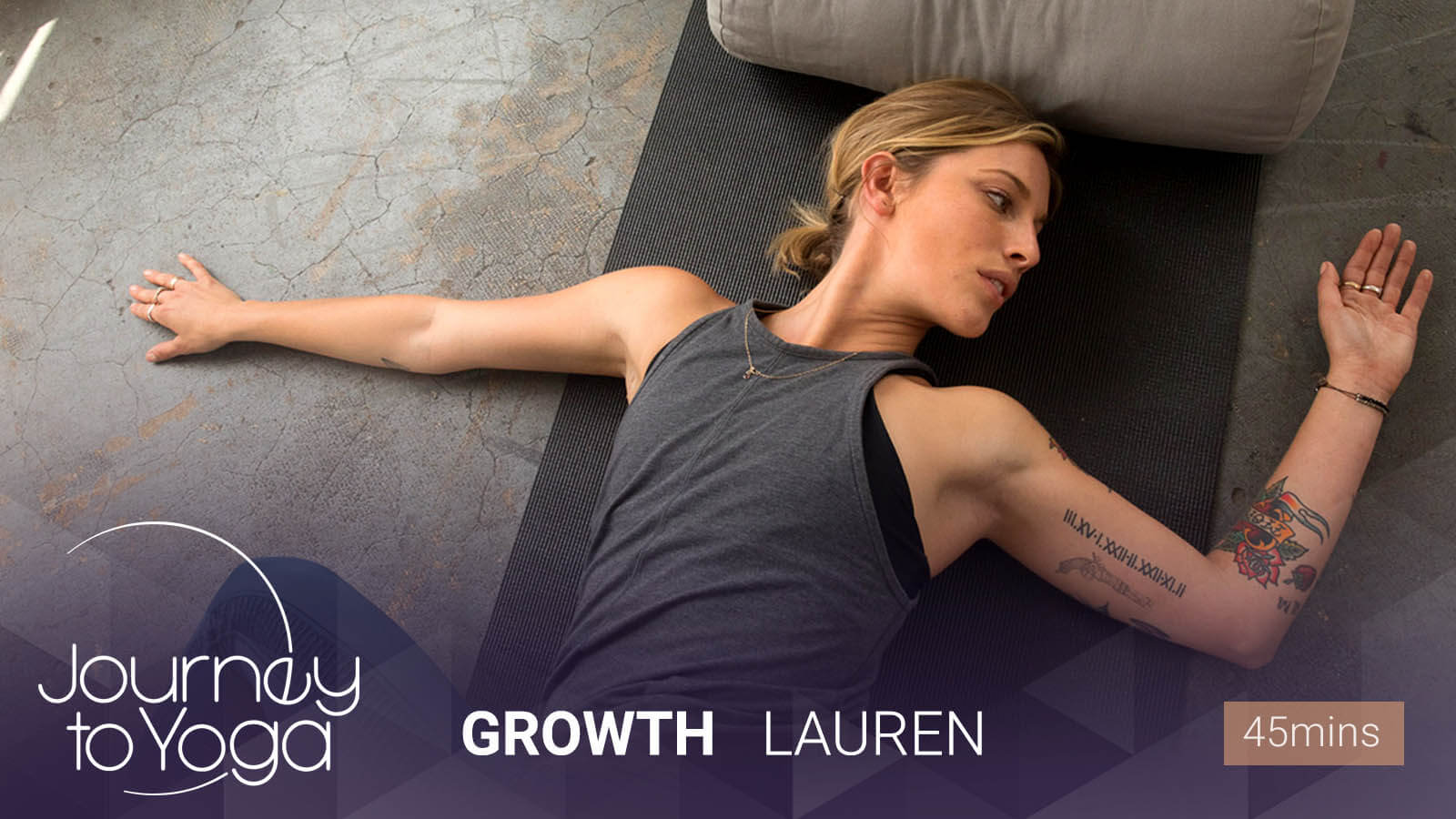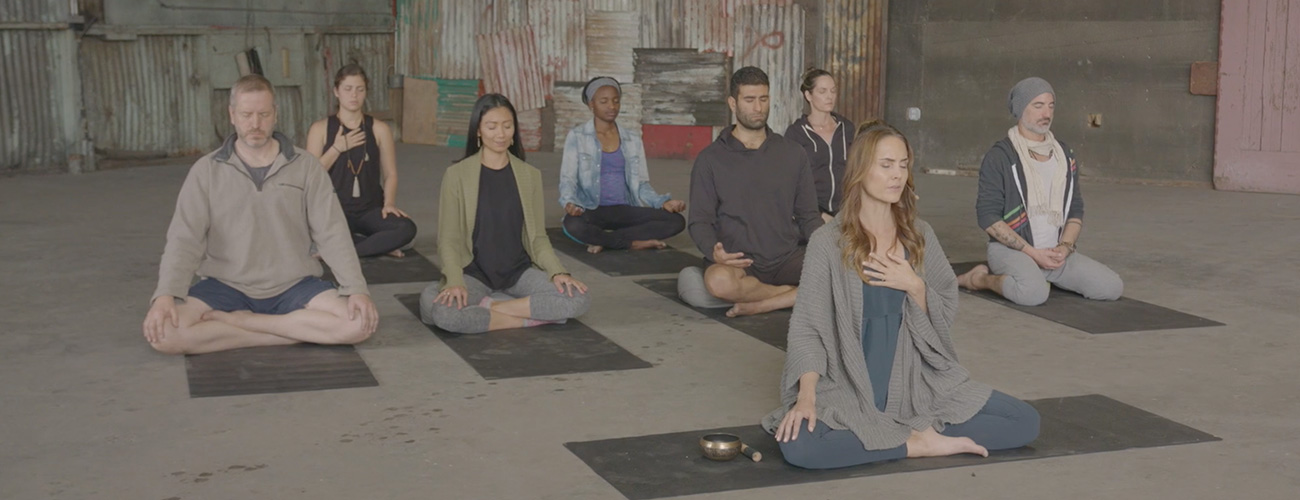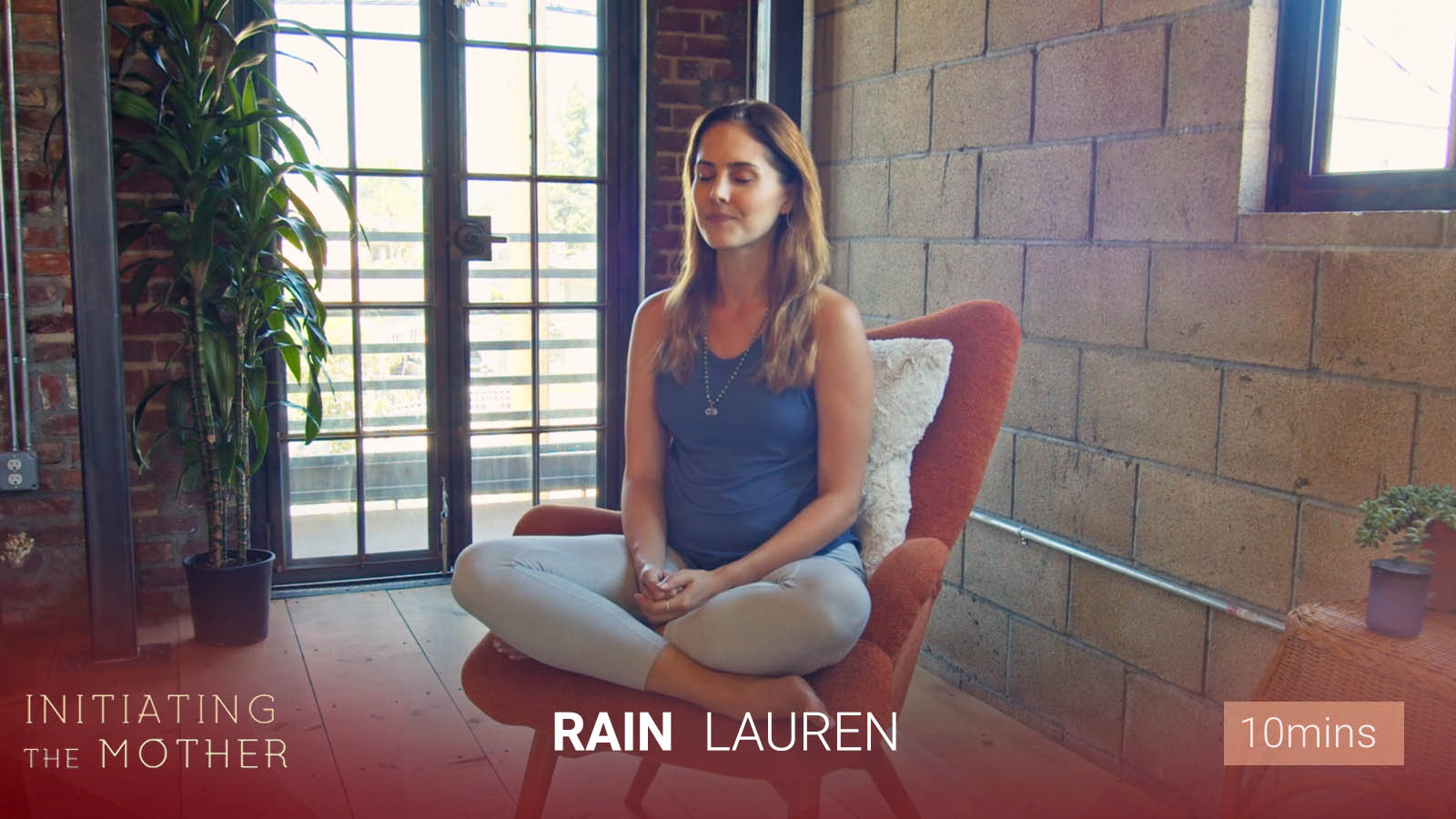Inner Reflections
July 6, 2020
How To Deal With The Most Challenging Parts of Yourself

No matter how hard you try, you can’t meditate or practice the most challenging parts of yourself away. Trust me. I’ve tried. And the truth is, it isn’t what practice is for, even though many people come to yoga and meditation hoping to change something about themselves they dislike.
We all have a part of ourself that we find most challenging. Maybe for you it’s the part of yourself that’s quick to anger, the part of yourself that numbs out, the part of yourself that over-compensates, or another part that feels out of date or misaligned.
This challenging part of yourself has often been with you since childhood and originally surfaced to help protect you from pain, suffering or disappointment. This part of yourself may have surfaced to help ensure you received the love and protection from your parents or caretakers.
Unfortunately, these protective parts often stay with you long into adulthood, long after they are useful and throughout adulthood you continue to respond from a conditioned place dating back to childhood. Rather than responding as your conscious adult-self you continue to respond from an unconscious place of habitual reactivity.
So when these defense mechanisms surface, what can you do?
1) Pause. Get Still. Stop Doing. And turn toward this part of yourself: Rather than trying to push what you are feeling away, rather than abandoning yourself, sit with what you are experiencing in the same way you have practiced sitting with the discomfort of a challenging yoga pose or a frustrating meditation practice. Stay with yourself. As long as you are safe and not in a dangerous situation or in danger of triggering trauma, stay with your experience by slowing down and pausing.
2) Breathe: As you become still, breathe deeply. Take several, deep belly breaths. Breathe deep, down and into your body. Fill your belly with breath. This seems obvious and simplistic. You may even feel frustrated to hear the instruction “just breathe,” but it is physiologically effective. By breathing in this way, you activate the vagus nerve and begin to stimulate the parasympathetic nervous system which will help you soften and move away from your body’s “fight, flight, freeze” response associated with reactivity, panic, stress and anxiety. Continue to breathe in this way for several moments.
3) Inquire: Then, ask this part of yourself what it most needs right now. Does it need to be embraced, seen, listened to? You might imagine this part of yourself as a very young child. Take a moment and attend to yourself. YOU are giving YOURSELF the gift of presence and deep listening. You are not asking anyone else to do it for you. Ask this part of yourself again, “what, in this moment, do you most need?” Is it love, listening, or a kind embrace?
4) Thank This Part of Yourself: Lastly, as you imagine this part of yourself, thank it for trying to protect you. You can say, internally and silently, “thank you for trying to protect me.” From this place you are putting aside your conditioned way of handling a challenging moment and stepping into a conscious adult response. This becomes the living version of Victor Frankl’s famous saying, “Between stimulus and response there is a space. In that space is the opportunity to choose our response. In our response lies our growth and our freedom.”
5) Journal: Write about any insights you may have had by going through this process. Writing about your experience will help solidify what you learned so that next time when your reactivity arises you may be able to move from reaction to response more quickly and with greater ease. We know our practice is working when our recovery time from reaction to response begins to shorten – it doesn’t mean we stop being reactive, we simply learn how to bounce back more quickly and with greater ease.
This is what living your practice looks and feels like. When you need your practice the most you will not be on your yoga mat or seated on your meditation cushion. You will need your practice the most when you come face-to-face with the challenging situations life inevitably brings your way or when you come face-to-face with the most challenging parts of yourself. These are the moments you are practicing for.
By applying this practice to your daily life, you will learn how to inhabit the power of pausing and you will move through life with greater presence, grace and wholeness. Below are some recommended practices to help deal with the most challenging parts of yourself:


